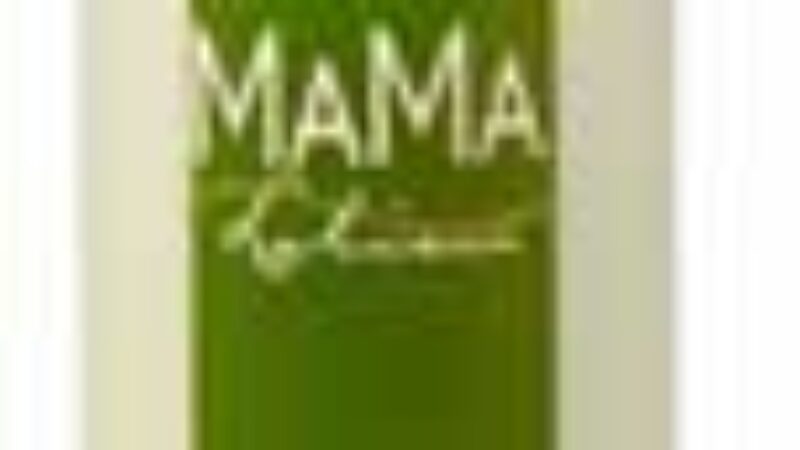Botox has been used successfully for years to get rid of wrinkles. The problem is that it’s an expensive procedure, requires injections, and the results are temporary. And, since we haven’t used it for a long time, there is the concern for long term side effects. Skin care product manufacturers have quickly responded by offering scores of topical applications that promise to do the same thing as Botox, only safer. The question is do they work? Are manufacturers’ claims substantiated with a significant amount of clinical evidence?
Today, I’ll provide an overview regarding how Botox works to eliminate wrinkles and fine lines. In doing so, it will be easier to understand why topical formulations cannot work in the same manner. We’ll explore Argireline and a couple of other Botox alternatives. Then, I’ll describe 2 products that take a different approach to reducing the severity of wrinkles.
How Botox Works
Facial muscles contract and relax based upon signals received from nerves. The muscles and nerves are connected by a neuromuscular junction. When the nerves send signals to the muscles, neurotransmitters are released and bind to receptors on the junction. This causes a chemical reaction which ultimately makes the muscles contract. Botox inhibits the receptors in the muscles that would normally identify the presence of these neurotransmitters. By doing so, it prevents the chemical reaction that causes muscle contractions. In effect, by paralyzing the underlying muscle, Botox doesn’t allow the wrinkle to develop.
Topical Alternatives To Botox
Topical Botox alternatives claim to work in the same manner, by blocking the receptors and thereby preventing the muscle from contracting. Here are a few popular products that manufacturers claim will do the same thing as Botox:
Argireline – this ingredient is supposed to result in relaxed facial muscle tension by inhibiting the release of neurotransmitters. Studies by the manufacturer of argireline, Sederma, used a 10% concentration and demonstrated a reduction in wrinkle depth of up to 60% in one month.
Crease Release – this product was created by Dr. Fredric Brandt, who claims to have been involved in the clinical trials that eventually led to Botox’s FDA approval. He also claims that Crease Release uses a GABA (gamma amino butyric acid) to encourage internal muscle relaxers to smooth the skin and get rid of wrinkles. It is difficult to find any clinical research to substantiate GABA’s claims.
Freeze 24/7 – another “solution” that purports to include a number of topical muscle relaxers, including GABA. Despite persuasive marketing, there is no research to support GABA’s efficacy for inhibiting muscle contractions.
Formulations To Reduce Wrinkles
If you don’t want to undergo Botox injections, there are topical formulations that can help smooth your skin and reduce the outward appearance of wrinkles. The best way to reduce wrinkles is to minimize exposure to UV rays, which can result in the degradation of collagen and elastin and ultimately lead to wrinkles. Your anti aging skin care routine should include effective sunscreens, antioxidants like Vitamin C, a retinoid and moisturizers. Peptides, such as Matrixyl should also be considered. Matrixyl is a peptide with research to back up its benefits in stimulating collagen. Following is an effective solution to consider:
Credentials Botanical Peptide with Matrixyl – This preparation includes Matrixyl, a peptide that stimulates the synthesis of collagen, elastin and glycosaminoglycans to restore the skin’s structural integrity thereby reducing wrinkles.
�



